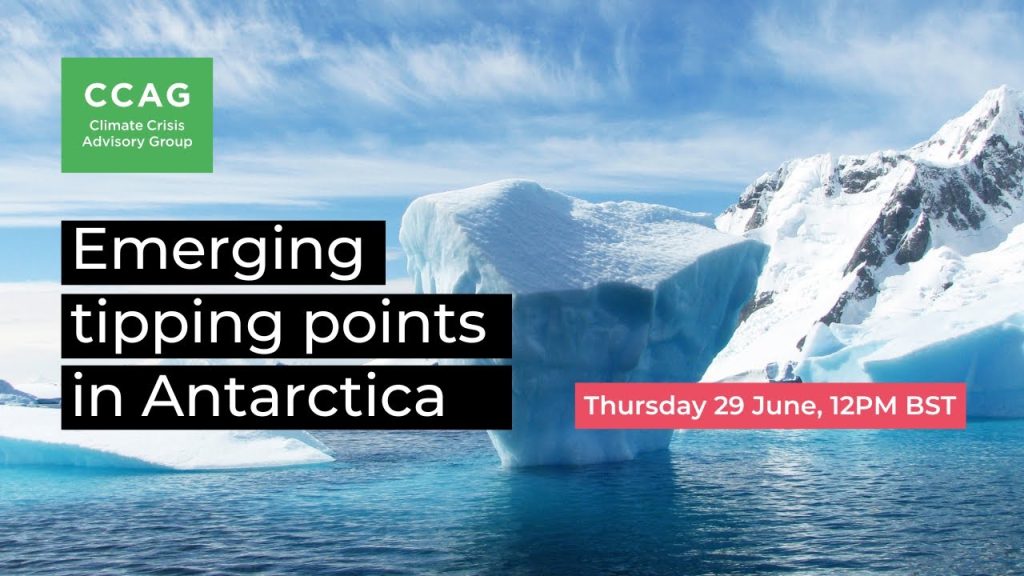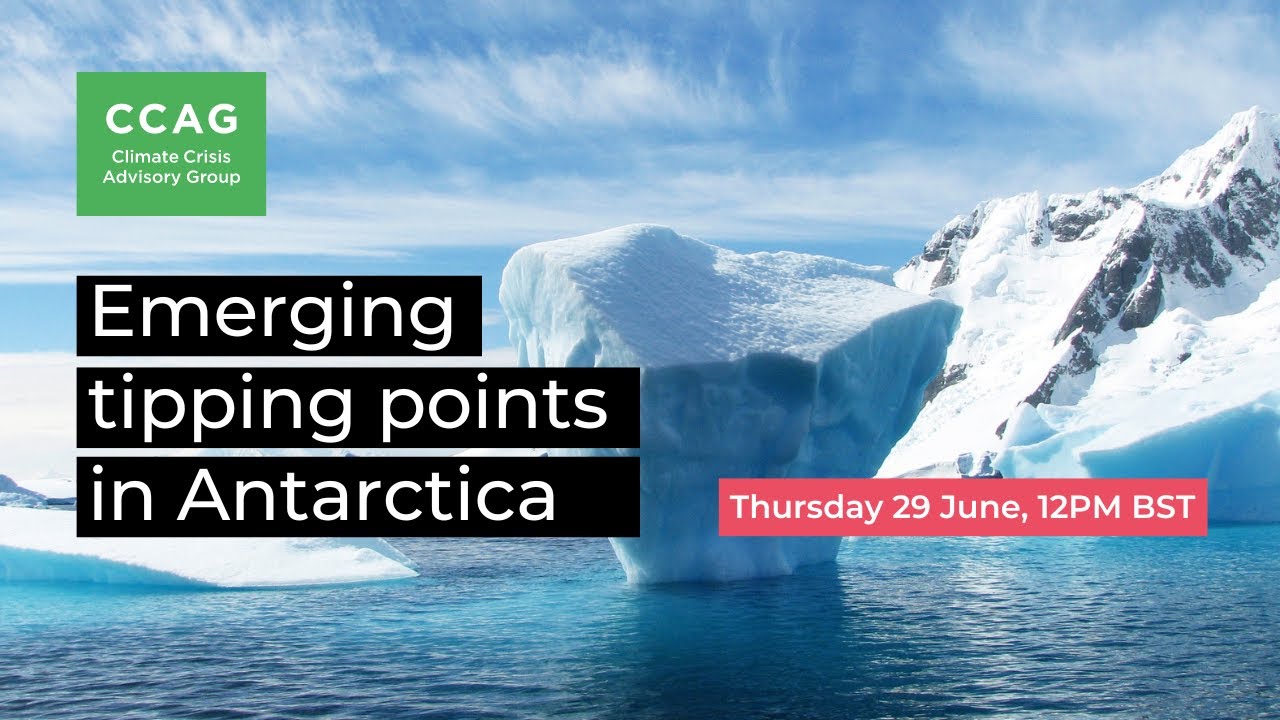
UN Report Discovers Unprecedented Glacier Melting Endangering the Livelihoods of Billions Worldwide

As climate change hastens and global temperatures rise, one of the most noticeable and alarming effects is the swift retreat of the planet’s glaciers. An expanding array of evidence gathered by international bodies, including the United Nations (UN), UNESCO, and the World Meteorological Organization (WMO), reveals a distressing scenario: the vanishing of these ice behemoths jeopardizes the global freshwater supply and threatens the food and water security of nearly two billion individuals.
As stated in the upcoming UN World Water Development Report 2025, the decline in glacial volume is occurring at an “unprecedented” pace, with wide-ranging consequences that may affect both vulnerable mountain communities and developed nations.
Glaciers: An Essential Water Resource at Risk
From the frozen expanses of Greenland to the snow-laden summits of the Andes and Himalayas, glaciers act as natural reservoirs of freshwater. Each year, the meltwater from these glaciers nourishes rivers, irrigates crops, and supports populations in expansive valleys. The UNESCO report indicates that nearly two-thirds of all irrigated agricultural areas globally rely, to some extent, on seasonal meltwater from glaciated highlands.
However, as temperatures escalate, these ice masses are thinning and retreating. Milder winters result in reduced snowfall and increased rainfall, presenting a problematic transition for numerous regions. Unlike snow, the rapid runoff from rain is less capable of replenishing groundwater or maintaining river flows during warm summer months.
Developed Nations Also Experience the Impact
While glacier loss is often linked to developing nations struggling with subsistence farming, developed countries are not exempt from the strain. The Colorado River Basin, which serves nearly 40 million people in the western United States, has endured a 25-year drought. Rainfall has replaced snow as the primary precipitation type, diminishing the region’s natural water storage capabilities.
The WMO’s State of the Global Climate 2024 affirms that the last three years have recorded the most significant glacier melting ever. The areas hardest hit include sections of Scandinavia (Norway and Sweden), Svalbard, and the tropical Andes — regions that are vital for local water systems, ecosystems, and community sustainability.
The Cascading Effects on the Climate System
The retreat of glaciers not only diminishes freshwater supplies but also triggers a chain of climate-related repercussions. As glaciers melt, their once-reflective surfaces (which bounced solar radiation back into the atmosphere) are replaced by dark rock or soil that absorbs heat. This phenomenon, referred to as the albedo effect, exacerbates local and regional warming, further speeding up glacier retreat.
In addition, melting permafrost beneath glaciers and in polar areas is releasing stored greenhouse gases such as methane — a powerful climate-warming catalyst. This escalation contributes to increasing global temperatures and causes even more permafrost to thaw, creating a detrimental cycle.
Increasing Natural Disasters and Dwindling Freshwater Supplies
Communities residing at high elevations are now facing an escalating risk of natural disasters. Melting glaciers weaken icy structures, raising the likelihood of avalanches, landslides, and flash floods. These threats pose particular risks in locales like the Himalayas and Andes, where dense populations and fragile infrastructures complicate recovery efforts.
Equally concerning is the diminishing freshwater availability in areas that were once reliant on gradual seasonal glacial melt. Without sufficient water for drinking, agriculture, and sanitation, millions are at risk of falling deeper into poverty and food insecurity. UNESCO’s Water Sciences Director Abou Amani stressed, “[Melting glaciers] affect the reflectivity of solar radiation and consequently will impact the entire climate system.”
A Call for Immediate Action
The alarming messages in reports from UNESCO and WMO highlight the critical necessity for global climate mitigation initiatives and adaptive measures. These steps should include:
- Improving water resource management in impacted areas.
- Investing in sustainable agricultural practices.
- Promoting reforestation and carbon-capture projects to lower atmospheric greenhouse gas levels.
- Accelerating the shift toward renewable energy sources.
- Educating communities about climate resilience and disaster preparedness.
What hangs in the balance isn’t just picturesque ice expanses or remote mountain communities — it’s the fundamental sustainability of global freshwater resources crucial for agriculture, ecosystems, and human existence.
Conclusion
The melting of glaciers signifies more than a mere indicator of climate change — it is emerging as one of its most perilous catalysts. As these once-mighty silent giants recede, pressing questions confront humanity. How will we adjust to declining freshwater resources? How will we safeguard the millions dependent on glacial environments? And perhaps most urgently, how swiftly can we act to reverse — or at least alleviate — the devastating impacts of a warming planet?
Without substantial intervention, the cascading consequences of glacier melting could transform life for billions and alter the planet’s landscape in the coming generation.
Sources:
- UNESCO World Water Development Report 2025
- World Meteorological Organization